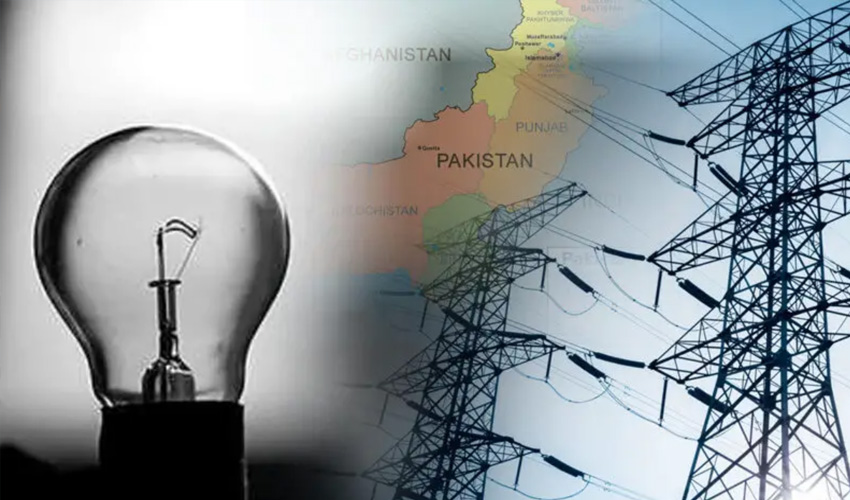The electricity shortfall in the country has surged to 4,500 megawatts, with the total demand standing at 25,000MW against a production of 20,000MW.
According to official data, 4,000MW of electricity is being generated from water resources, while private sector power plants are contributing 8,500MW to the national grid.
Nuclear power plants are producing 3,500MW, and 1,500MW is being generated from Jenkins. Additionally, 3,000MW is being produced from solar, wind, and other sources.
However, despite these efforts, the power shortfall continues to worsen, resulting in prolonged load-shedding hours across the country. Rural areas are bearing the brunt, with 6-8 hours of load-shedding, while urban areas are facing 4-6 hours of power outages.
Ministry of Power Division officials claimed that load-shedding is being carried out in areas with high losses, and there is no announced load-shedding schedule in any area.
However, sources revealed that the power crisis is likely to persist due to the increasing demand and limited production capacity.
The situation is likely to worsen in the coming days as the heatwave is expected to continue, putting additional pressure on the already strained power sector.



























